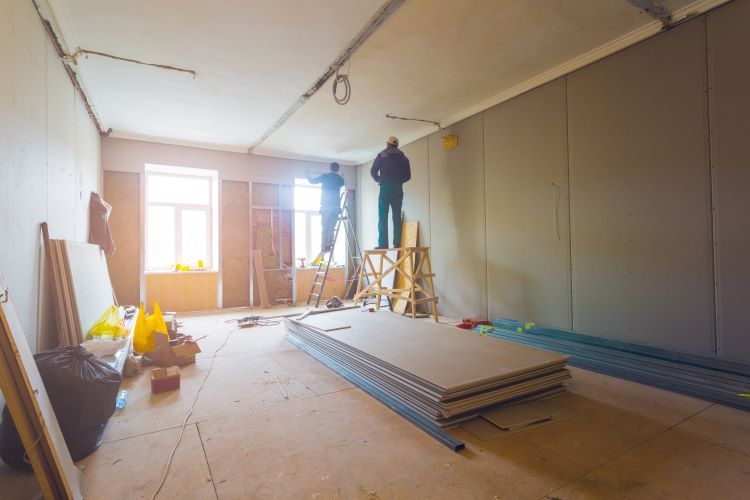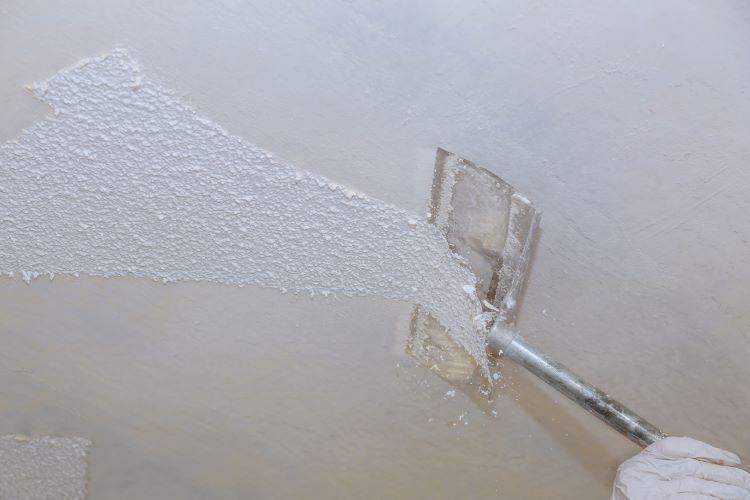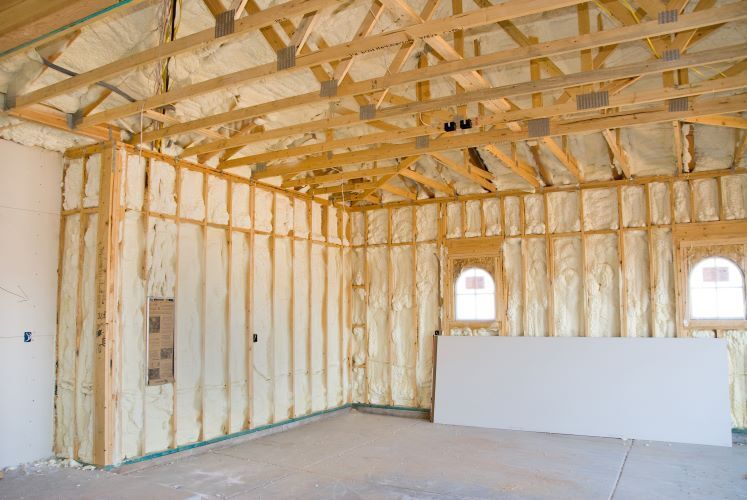Drywall Installation Expert Tips and Tricks

Drywall installation is a crucial step in creating a polished and finished look for your home's interior walls. Whether you're tackling a small repair or embarking on a larger renovation project, mastering the art of drywall can save you time, money, and frustration. At Calgary Drywallers, we understand the importance of achieving professional-quality results, which is why we've compiled some expert tips and tricks to help you navigate the drywall process like a pro.
1. Choose the Right Drywall:
Selecting the appropriate type of drywall for your project is essential for achieving optimal results. Consider factors such as moisture resistance, fire resistance, and soundproofing properties when choosing between standard drywall, moisture-resistant drywall (green board), or fire-resistant drywall (Type X).
2. Measure Twice, Cut Once:
Accurate measurements are critical for achieving seamless drywall installations. Take the time to measure your space carefully and mark your drywall panels before cutting. Use a straight edge and a sharp utility knife to make clean, precise cuts, ensuring a perfect fit for each panel.
3. Minimize Joints and Seams:
Whenever possible, try to minimize the number of joints and seams in your drywall installation. Opt for larger panels to cover more area with fewer seams, and stagger panel joints to create a more uniform and seamless finish.
4. Use Drywall Screws:
When securing drywall panels to studs or joists, use drywall screws instead of nails for a stronger and more secure hold. Be sure to drive the screws slightly below the surface of the drywall without breaking the paper face to facilitate mudding and taping.
5. Apply Drywall Tape Correctly:
Proper application of drywall tape is crucial for creating smooth and seamless joints between drywall panels. Use self-adhesive mesh tape for inside corners and paper tape for flat seams. Apply a thin layer of joint compound over the tape, feathering the edges to blend seamlessly with the surrounding drywall.
6. Practice Feathering Technique:
Achieving a smooth and seamless finish requires mastering the feathering technique when applying joint compound. Start by applying a thin coat of compound over the taped seams and screw indentations, then gradually build up additional layers, feathering the edges with each pass to eliminate ridges and imperfections.
7. Sand Between Coats:
To achieve a flawless finish, sanding between coats of joint compound is essential. Use fine-grit sandpaper or a sanding sponge to smooth out any imperfections or rough patches before applying additional coats of compound. Be sure to clean up any dust before proceeding to the next coat.
8. Prime Before Painting:
Before painting your drywall, be sure to apply a coat of primer to seal the surface and ensure optimal paint adhesion. Choose a high-quality primer suitable for drywall surfaces and allow it to dry completely before applying your desired paint color.
By following these expert tips and tricks, you can tackle your drywall projects with confidence and achieve professional-quality results every time. Whether you're a seasoned DIY enthusiast or a first-time homeowner, Calgary Drywallers is here to support you every step of the way. Contact us today to learn more about our comprehensive drywall services and how we can bring your vision to life.
You might also like



Request A Free Estimate!
We will get back to you as soon as possible.
Please try again later.
Calgary Drywallers
Navigation
Navigation
Working hours
- Mon - Fri
- -
- Sat - Sun
- Appointment Only
*This is a referral website. All work is performed by professional, licensed contractors.